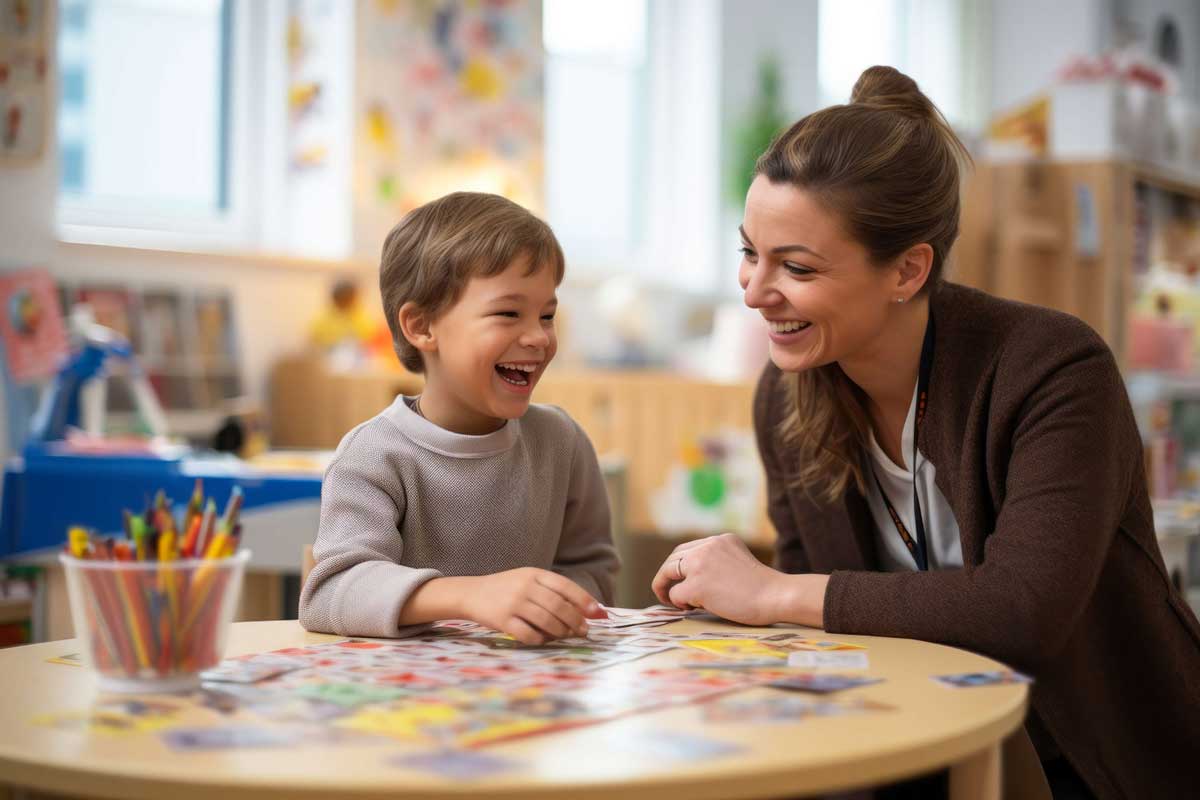
ABA Therapy for Children (Ages 2 - 12)
A reliable autism diagnosis can happen by age 2. Every child with autism presents signs differently. Their actions and behaviors can range from mild to severe.
We will customize your therapy to fit your child’s individual needs.

Skills Taught through ABA Therapy for Children are:
Social Play Skills
Learning play skills may include:
- Playing with toys that move, squeak, or vibrate
- Pretending to feed a toy animal or cook pretend food
- Sharing and taking turns with toys
- Exploring and communicating choices and interests
Visual / Perception Skills
Exploring and communicating choices and interests include:
- Matching or sorting games and puzzles
- Selecting two objects that are the same
- Visual memory, or the ability to remember visual information
- Form consistency, or the ability to notice that two objects are the same even if they’re different sizes or colors
- Finding hidden objects in busy backgrounds (e.g., “Where’s Waldo?”)
Coping Skills
We teach your child self-management skills, including
how to control their emotional state. Other skills may include controlling impulses, engaging in thoughtful behavior
and making good choices.
Reading / Writing
Activities to help with reading and writing include:
- Scribbling on paper or coloring
- Tracing and copying over lines
- Copying (being shown a letter/number and writing it)
- The fine motor skills and muscles used in these exercises are also used in writing. The goal is to make progress toward actual handwriting.
Gross / Fine Motor Skills
- Looking for hidden objects in putty, Playdoh, or clay
- Putting snacks in bags or plastic containers and opening and closing them
- Playing with slime
- Using squeeze bottles to water flowers or plants
- Working with Lego-type blocks
- Putting coins into banks
- Playing with marbles
- Placing beads on a string
- Cutting simple shapes or following a cut-out
Daily Living Activities
We work with your child on everyday skills like using the toilet, brushing their teeth, and dressing and grooming themselves. Therapists will use small steps to guide your child into developing routines in their daily life. Other skills may include washing their face and hands, bathing and brushing their hair.

Positive Reinforcement in ABA Child Therapy
Positive reinforcement is one of the main strategies used in ABA therapy.
When a behavior is followed by something that is valued (a reward), a child is more likely to repeat that behavior. Over time, this encourages positive behavior change.
First, the therapist identifies a goal behavior. Each time the child uses the behavior or skill successfully, they get a reward. The reward is meaningful and specific to the child.
Examples of rewards include praise, a book or toy, watching a video, and access to the park, playground, or specific location.
Positive rewards encourage the child to continue using the skill. Over time this leads to meaningful behavior change. With continued practice, the child will be able to replace their inappropriate behavior.



